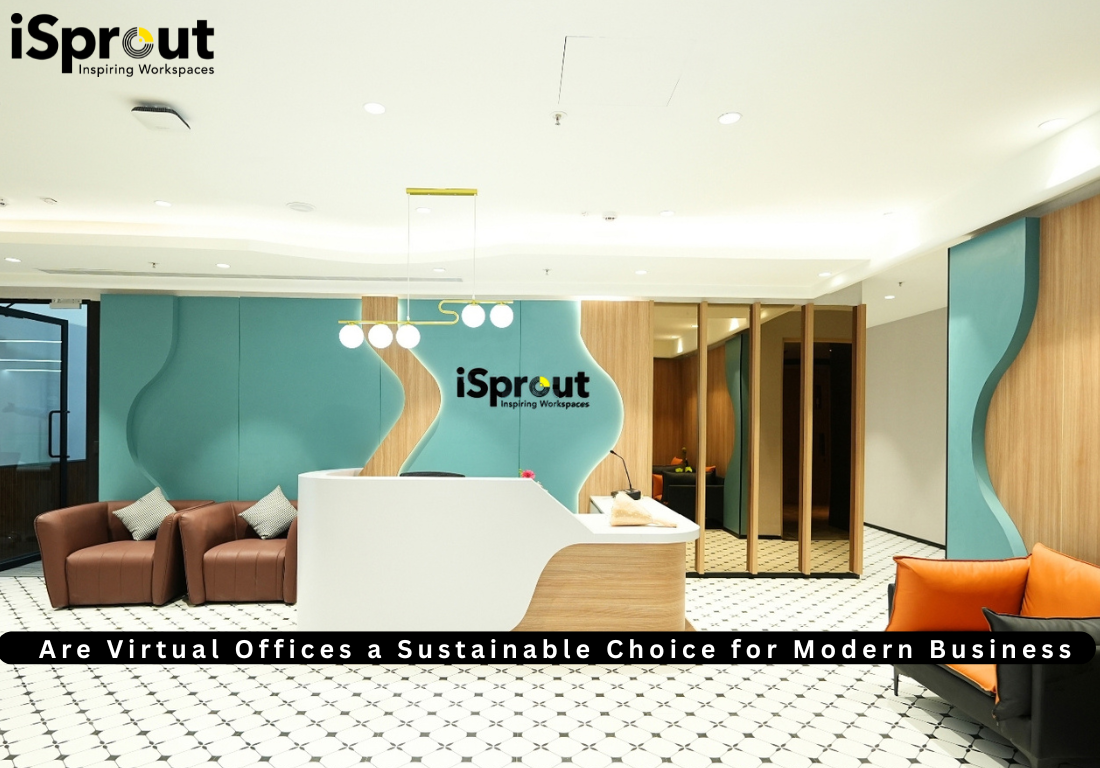Date: 12 Nov 2024
The Giants That Emerged from Co-Working Spaces

Every beginning is humble; it is the journey that spells success.
The growth of coworking spaces in the past decade has been remarkable. The evidence of this transformative concept is seen in the number of success stories these spaces have written. For most of the companies that are now giants in the industry, the beginning has been humble but the journey has been successful. The co-spaces that travelled with them on their journey have many stories to tell.
The journey
They all say it was the idea that made the journey beautiful. However, realistically, all ideas have not withstood the journey of time. Beyond the brilliance of such ideas lies the journey of implementation. Many corporate entities now firmly established in the annals of successful business history have had the experience of grappling with funding, navigating with limited resources, and other day-to-day challenges. Most of these companies have vouched for the support they received from the fulfilling environment the coworking spaces provided. Join us in understanding the humble beginnings of some of those giants and the co-spaces that nurtured them.
Kevin Systrom and Mike Kreiger’s Instagram
Kevin Systrom and Mike Kreiger are almost household names on every phone that has downloaded the Instagram app. A few years ago, while Facebook and TikTok were popular, Instagram was yet to be launched. Kevin and Mike rented four desks at a coworking space called Dogpatch in San Francisco for $500 a month. There they brainstormed the ideas of Kevin’s company called Burbn, where users check in to locations, make plans to hang out with friends, and share photos. Later on, they scrapped the old application, made a new one retaining only the photo feature, and called it Instagram. In 2012, Facebook purchased Instagram for a whopping $1 billion, and the rest is history!
Uber- Garrett Camp and Travis Kalanick’s brainchild
Imagine the very idea of going to the office on crowded public transport in India’s crowded cities within a short time without the hassle of waiting for long hours. It still seems like a dream come true for many of us. In 2009, Garrett Camp and Travis Kalanick, tired of the long commute and the hefty amounts that San Francisco’s taxies charged, hit upon the idea of an application that could solve many of our commuting problems. The brainwave was conceived in a co-working area called Rocket Space in San Francisco, and since then, the founders have amassed a fortune of $5.8 billion. Camp and Kalanick owe their success to the co-working space that created a viable working environment all through their struggling years.
Jonathan Wegener and Benny Wong’s Timehop app that enhances Facebook
Remember how fascinating it is to see your old posts, which had many friends and contacts discussing them, resurfacing on your timeline again? Jonathan Wegener and Benny Wong’s idea of the Timehop app began in a co-working space in 2011. Tech giant Facebook chose to house Timehop’s team in a coworking space. It knew that ideas could only bloom in such collaborative environments. Timehop works by retrieving your old photos or content from your phone or email and getting connected to your social media accounts.
Many other start-ups, such as Spotify, Huitsoote, Water, etc., thrived in the fostering environment of co-spaces. Each one attributes their success to the support these co-spaces have provided. Undoubtedly, the facile environment of co-working spaces holds a special place for ventures proving to be catalysts in their success.
Share:
Recent Posts
iSprout is landing in the heart of Hyderabad's IT hub. Get ready, techies!
Minaas Tower
Hyderabad


